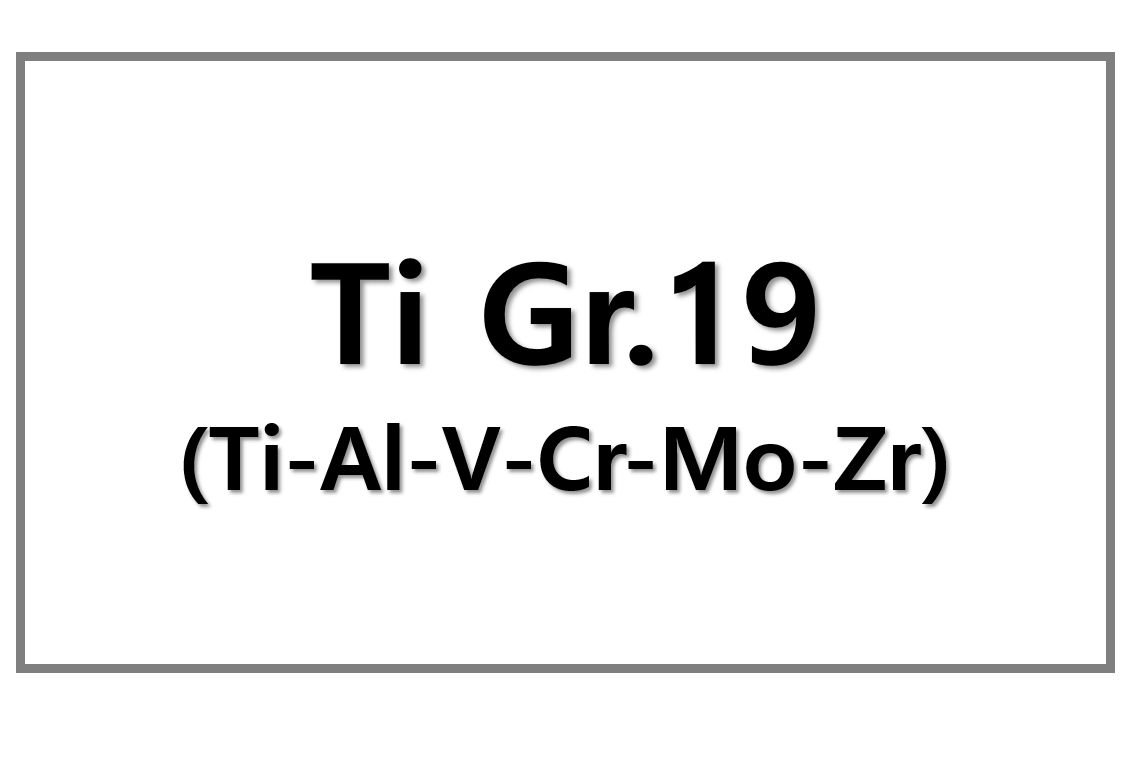
Biden Administration Sets Ambitious Emissions Reduction Targets
The Biden administration has committed to reducing U.S. greenhouse gas emissions by 61% to 66% by 2035, compared to 2005 levels, as part of its updated Nationally Determined Contribution (NDC) to the United Nations. This pledge is a significant move in the global effort to curb climate change, aiming for net-zero emissions by 2050. The U.S. points to its recent legislative measures, such as the Bipartisan Infrastructure Law and the Inflation Reduction Act, which have already contributed to substantial emissions cuts and are expected to continue driving progress towards the 2030 goal of reducing emissions by 50-52%.
Uncertain Future Under President-Elect Trump
However, the U.S.’s commitment faces significant uncertainty due to the incoming Trump administration. President-elect Donald Trump, known for his skepticism towards climate change and his promise to withdraw from the Paris Agreement, has pledged to prioritize fossil fuel production, which could undo much of the progress made during the Biden presidency. Trump’s stance poses a direct threat to U.S. climate goals, especially considering the country’s dominant position as the world’s leading oil and gas exporter.
State-Level Actions Strengthen Climate Commitments
In response to potential federal policy shifts, the United States Climate Alliance, consisting of 24 states, has set a parallel target of a 60% emissions reduction by 2035. These states, representing more than half of the U.S. population and economic output, are pushing forward with their own clean energy and climate policies, regardless of federal leadership. Governors of states like New York and New Mexico have underscored the importance of continuing climate action at the state level to ensure progress toward a clean energy economy.
Criticism for Lack of Fossil Fuel Phase-Out Measures
While the updated NDC is seen as a positive step, it has faced criticism for not including a clear roadmap for phasing out fossil fuel production. Climate advocacy groups, such as Oxfam America, argue that the U.S. is not doing enough, given its status as the world’s largest historical emitter of greenhouse gases. These groups stress the need for more aggressive action to reduce reliance on fossil fuels and to provide financial assistance to developing countries that are more vulnerable to climate impacts.
Global Context and Paris Agreement Progress
The U.S. joins a small group of nations, including the United Arab Emirates, Brazil, and Switzerland, that have submitted updated emissions reduction pledges for 2035. However, the European Union is unlikely to meet its 2040 climate target by the February 2025 deadline. In addition, developing countries are expressing concerns about the financial support provided by wealthier nations for climate adaptation and energy transitions. This disparity threatens to undermine global cooperation under the Paris Agreement, with many nations struggling to meet their pledges without sufficient financial backing.











Leave a Reply
You must be logged in to post a comment.